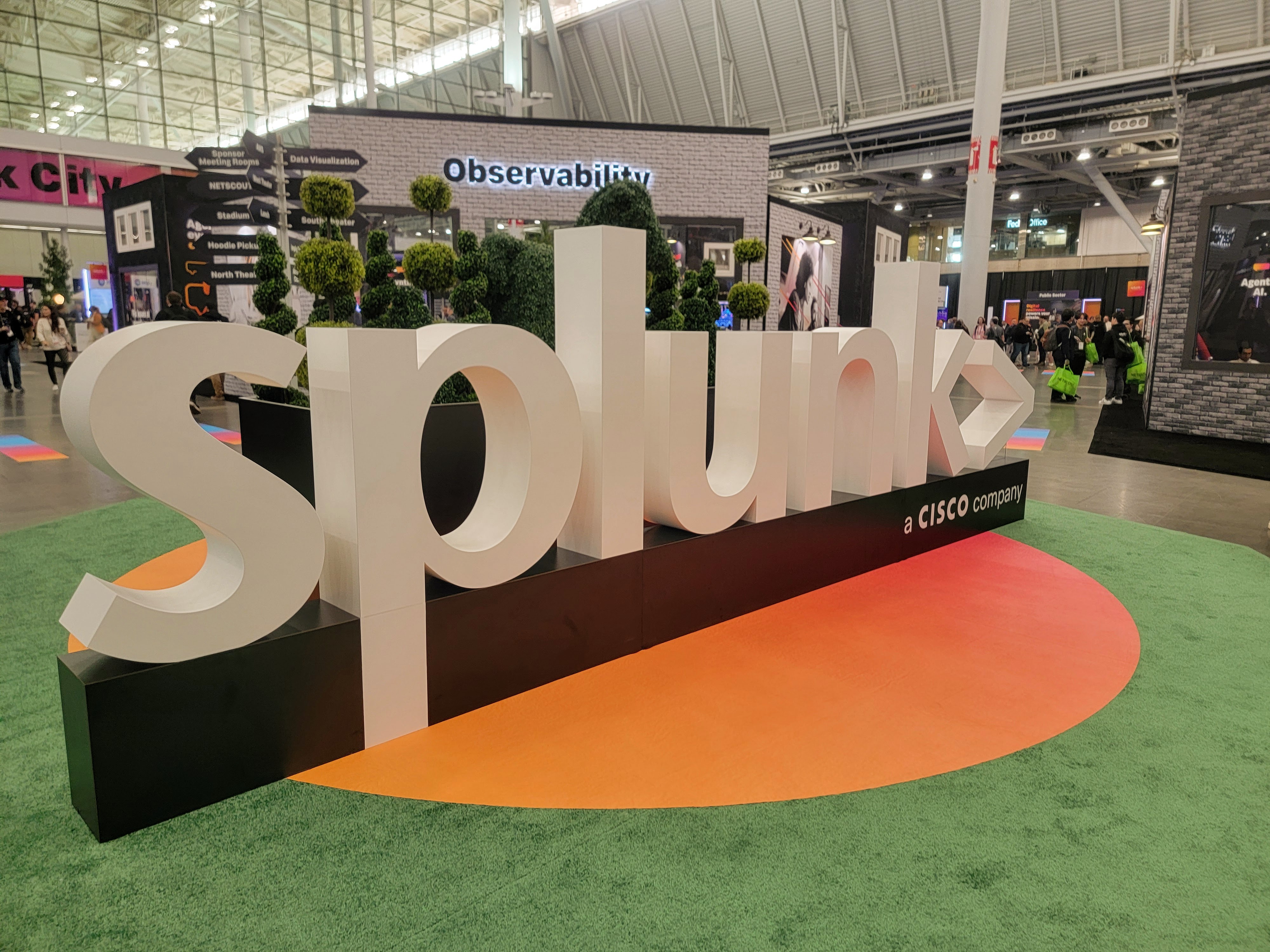 AI
AI
 AI
AI
 AI
AI
In the 18 months since Cisco Systems Inc. finalized its $28 billion acquisition of Splunk Inc., the combined firms have focused on weaving Splunk’s machine data analytics technology with Cisco’s networking product line. The resulting “Cisco Data Fabric” is the networking giant’s most ambitious effort to find its place in the artificial intelligence revolution.
Although some customers initially worried that Cisco would distract Splunk from its core focus, post-acquisition synergies have catalyzed new momentum for Splunk, Mangesh Pimpalkhare, senior vice president and general manager of the Splunk Platform, said in an interview with SiliconANGLE at Splunk’s .conf25 conference in Boston this week.
“We are not drifting from our original strategy; we’ve amplified it,” he said, emphasizing that Splunk is tapping Cisco’s networking strength to find new uses for the platform. The acquisition, Cisco’s largest ever, has catalyzed Splunk’s strategy to be “much more forward-looking. The momentum is building towards AI-centric, AI-augmented solutions,” Pimpalkhare said.
The combined firms have moved swiftly to integrate their engineering teams around projects such as Cisco’s AI Canvas real-time collaboration platform and Isovalent kernel-level security monitoring.

Cisco/Splunk’s Pimpalkhare: “We are not drifting from our original strategy; we’ve amplified it.” Photo: Cisco
“Cisco has some incredible technology that is very complementary to what Splunk has, such as AppDynamics, parts of the AI portfolio, AI Canvas and foundational models,” Pimpalkhare said. “Once we put these together, one plus one is a lot more than two. We want it to equal 10.”
Splunk is driving what Pimpalkhare called a “platform effect,” where the integration of Splunk’s data analytics with Cisco’s broad networking product portfolio and silicon creates compounding value. He likened the strategy to Apple Computer Inc.’s ecosystem model, in which phones and laptops drive sales of watches and earbuds.
On the sales side, integration has been more measured. The original Splunk sales force remains intact, working hand-in-hand with their counterparts at Cisco rather than becoming networking salespeople. Pimpalkhare said Splunk doesn’t want to dilute the technical expertise customers expect from their sales reps.
The combined companies’ AI-centric capabilities are aimed at resolving one of enterprise information technology’s thorniest problems: data silos. That’s one of the biggest impediments to organizations making greater use of observability data, Pimpalkhare said.
“Security operations only looks for security vulnerabilities and site reliability engineers are only worried about uptime. The thing is, the site might be down because of a security attack,” he noted. Splunk is working on connecting those functions using cross-domain analytics.
A notable new initiative is linking machine data to business insights. That would allow, for example, a retailer to determine whether a website slowdown affected high-value customers to a greater degree than new ones or whether a fraud incident was disproportionately affecting large customers.
Cisco took a step in that direction this week with the launch of Splunk Federated Search for Snowflake. That enables users to access data in the Snowflake Inc. Data Cloud from within Splunk to combine operational machine-generated datasets with business data.
“One of the superpowers of Splunk is correlating and joining queries that happen on very different data types and bringing this together at very large scale,” Pimpalkhare said.
Another pillar is Splunk Machine Data Lake, a component of the Cisco Data Fabric that serves as a persistent substrate for model training and analytics. It can be used with the Splunk AI Toolkit and Model Control Protocol server to handle AI-native services for onboarding, monitoring and self-healing.
“Splunk has been building parts of this for the last couple of years,” Pimpalkhare said. “It’s a few months away from alpha test.”
He asserted that Splunk is an ideal mechanism to manage the flood of behind-the-firewall machine data that traditional public large language models can’t access. “We can provide a customer toolkit to train the AI models on this machine data,” for retrieval-augmented generation and fine-tuning, he said.
Support our mission to keep content open and free by engaging with theCUBE community. Join theCUBE’s Alumni Trust Network, where technology leaders connect, share intelligence and create opportunities.
Founded by tech visionaries John Furrier and Dave Vellante, SiliconANGLE Media has built a dynamic ecosystem of industry-leading digital media brands that reach 15+ million elite tech professionals. Our new proprietary theCUBE AI Video Cloud is breaking ground in audience interaction, leveraging theCUBEai.com neural network to help technology companies make data-driven decisions and stay at the forefront of industry conversations.